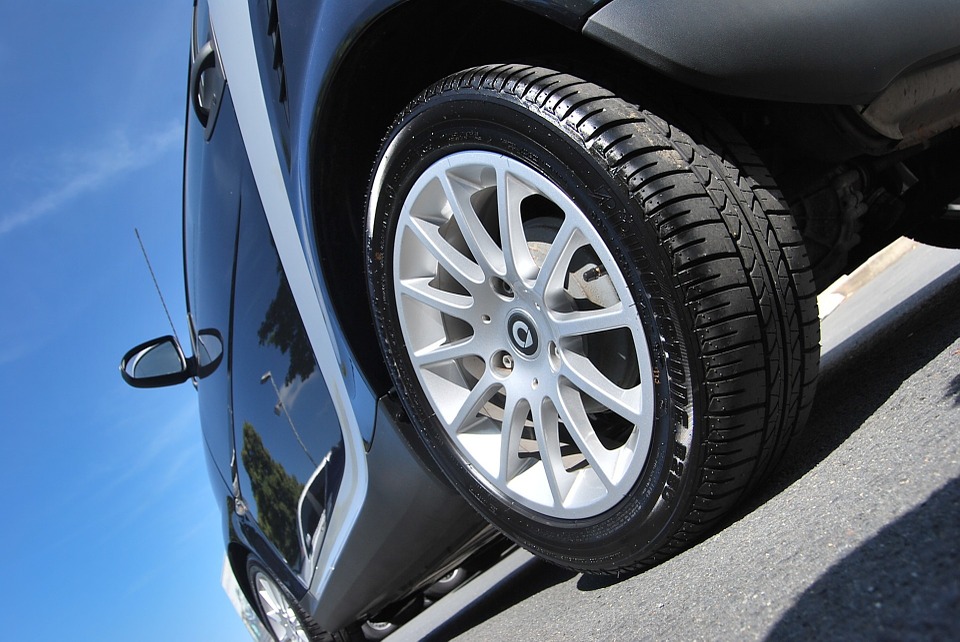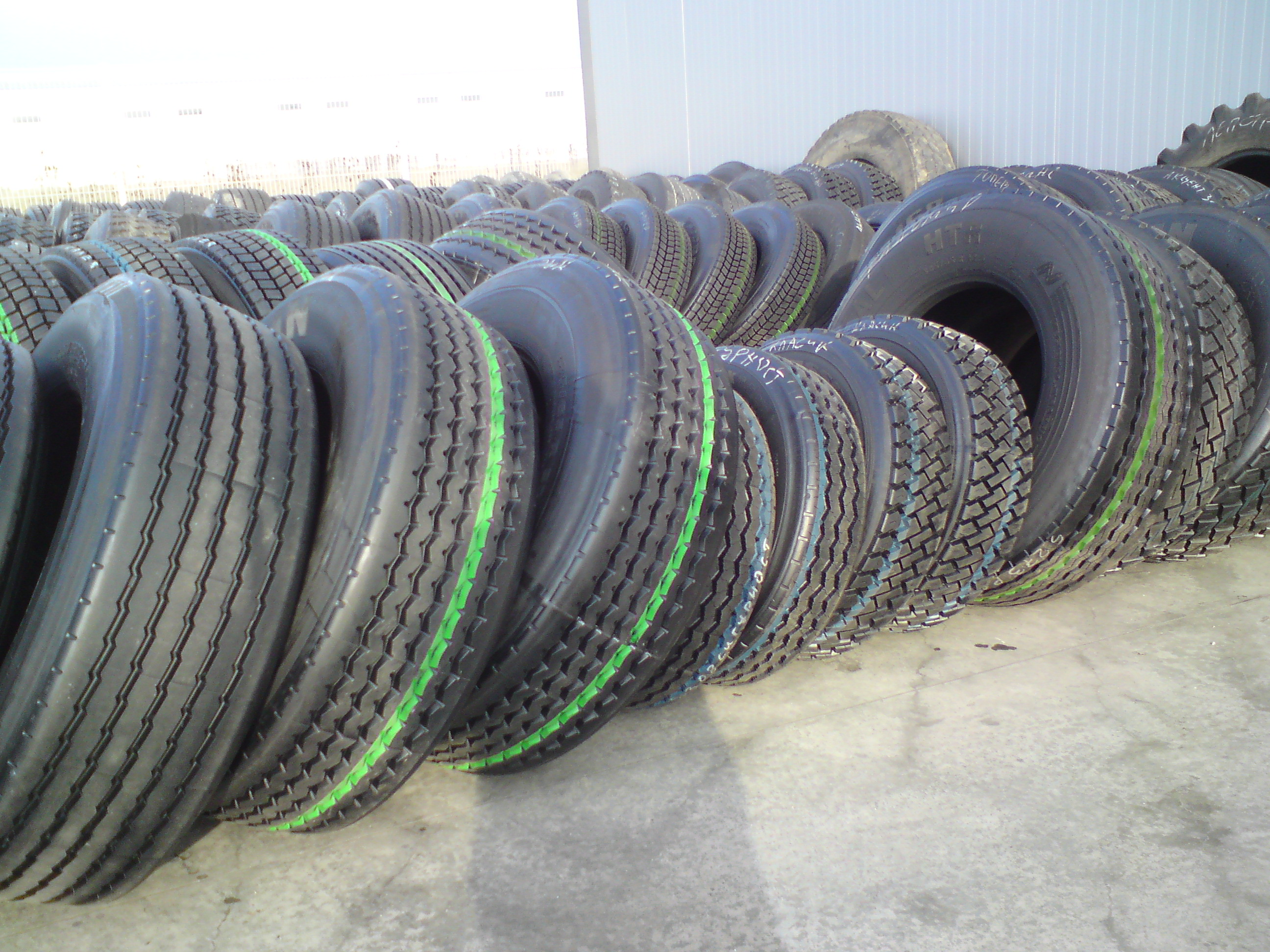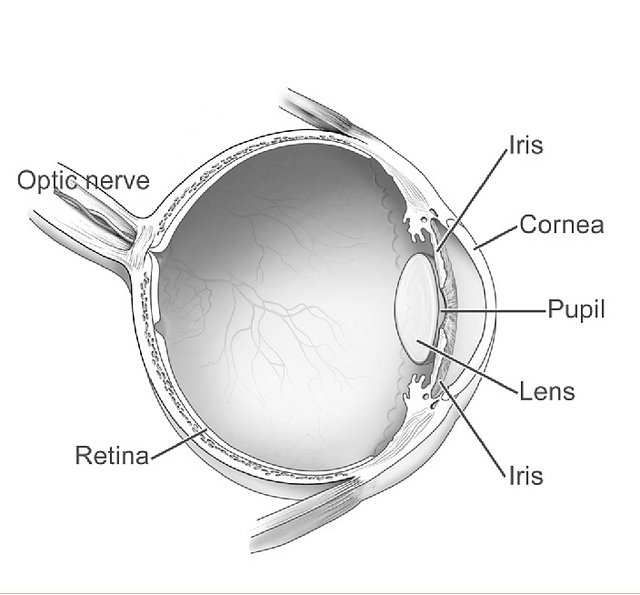Although we have been experiencing milder winters in recent years, the issue of winter or four-season car tyres is still in the news. Should they be used? How to choose them? How to store them?
Is a winter car tyre really useful? The answer is simple: below 7 degrees, the composition of winter car tyres – a soft compound composed of rubber and silica – makes it possible to maintain a better elasticity of the rubber. The grip on the ground will be more frank both acceleration and braking.
In this regard, did you know that in autumn and winter, stopping distances can sometimes be multiplied by 8? Everything will depend on:
- the state of the road and its type of pavement such as concrete, asphalt …
- the condition of the car tyre: new, worn, inflated correctly or not …
- Car tyre category: summer, winter, 4 seasons.
Winter car tyres, snow car tyres, 4 season car tyres: what are the differences?
You now know that the winter car tyre offers better grip below 7 degrees. But what about the car tyre “4 seasons”? This model is a difficult compromise: the flexibility required under the 7 degrees is hardly compatible with resistance to high temperatures.
4 season’s car tyres: a lesser evil but not the ideal solution
In summary the ideal solution is to alternate summer and winter car tyres. These two models will always be superior to the 4 season car tyres. Should we banish these? No, but provided you correspond more or less to this profile:
- You always stay in our temperate regions.
- Few or no snow or high temperatures in summer.
- You do not travel more than 20,000 km / year as the four seasons wear out faster than summer car tyres.
- You have a tighter budget and you want to avoid paying two sets of car tyres and one change each season.
Summer and winter car tyres: what budget do you anticipate?
Winter car tyres represent a definite extra cost, but it is a thoughtful purchase. The ideal is to be able to offer you a second set of wheels and to fit winter car tyres. They will be used as long as the weather warrants and will save during the summer car tyres. Regarding the choice, take into account the dimensions required for your vehicle by checking the user manual.
Proper use of your car tyres
- Fit four identical car tyres to ensure good handling.
- Never put two winter car tyres on one axle and two “summer” on the other: the risk of accident is maximum
- Regularly check the pressure of your car tyres, and always cold. You will avoid premature wear and gain traction!
- Regularly check the depth of the sculptures: a new car tyre has notches of about 8 mm deep. At 6 mm, the braking distance on snow increases by 20%, from 50% to 4 mm and goes up to 70% when it is only 2 mm deep!
- New car tyres, in general, and snow car tyres in particular, need a slight break-in of +/- 150 km without major demands to become completely efficient.
- A car tyre also wears out without driving; count a maximum of six years of use, even with a very low mileage.
Even if the winter conditions are not snow-covered, you must always take this into account and decide that you do not need special tires for the winter season, but this is not the case for most regions, which have strong winter conditions that will require the use of winter tires. It is simply dangerous to drive with tires not designed for winter conditions. The problem is that if the rubber compound is not designed to resist frost, you end up with very hard tires that do not give you the grip you need. When you then add the winter conditions to the equation, you have no protection against an impending accident.
A winter tire will have a tread that can create grip on snow and ice, while preventing slipping on slush while driving on it. That’s why you need winter tractor tires approved for winter conditions. Tires whose rubber compound remains flexible in cold weather and whose tread design will give you grip on winter surfaces. Winter tires must bear the 3PMSF symbol on the sidewall of the tire. It is not enough to have the symbol M + S.
For tires of buses and heavy & light tyre tyres, you have used tires all year round, which make things easier if you drive in many countries and are experiencing different weather conditions during the journey to deliver the load you have in the tyre. The same is true if you have passengers to travel long distance. You can even drive in countries where it is mandatory to have winter-approved tires when driving in winter, where this also applies to buses and Light Truck tyres.
Buses and tyres need to invest in high quality tires, which can be expensive because of the amount of tires on a big tyre or bus. High quality tires, however, have lower rolling resistance. This will reduce your fuel consumption and save your business money by getting tyres and buses into service. The tires will also last a lot longer. You will therefore have to replace those more rarely, which will allow you to make additional savings. The biggest way to reduce costs is to retread the tires. Retreaded tires can significantly reduce your tire budget.
Tire retreading can be done on a high quality tire carcass, if the carcass is still in good condition. You can retread the tires 1 to 2 times before you buy a new game. All this process is very environmentally friendly because you reduce waste and can benefit from your high quality tires for longer while significantly reducing the cost of your tires. If you use high quality retreading, the tires will be just as safe as the original tire at a fraction of the price.
A tire that is not durable and will crack or cut will not be very useful. The same is true if your tires are flat, the costs and delays caused by this will be expensive to cover. In the same way, this can happen if you get a tire that does not provide sufficient grip, so that the equipment cannot perform its tasks satisfactorily. You may have to spend more time doing your job or wasting time on a slippery slope. Here, you lose valuable time and reduce your productivity.
Most of the equipment used for these tasks has very different requirements. That’s why they will need specific tires to meet those needs. Not all tires can deliver the same result, which means you have to make sure you select the tires that can handle it in the best possible way. It is advisable to use the tire technical manual to check that the tire selection is optimal for the equipment you are using and to find the right dimensions.
- Retinopathy of prematurity (ROP) occurs as a result of abnormal growth of the blood vessels of the eye, often caused by fluctuations in oxygen levels in the developing retina.
- All premature infants responding to the selection protocol defined by a birth weight of less than 1500 grams and a gestational age of less than 30 weeks are routinely screened for retinopathy of prematurity.
- Depending on the amount of blood vessels that develop abnormally, a classification of the baby’s disease will be made and other tests will be done weekly or every two weeks.
Retinopathy of the premature (ROP) occurs as a result of abnormal growth of the blood vessels of the eye. A premature baby with a birth weight of less than 1,500 grams and a gestational age of less than 30 weeks will be regularly screened to see if he has retinopathy of prematurity.
It lines the inside of the eye. At around 16 weeks of pregnancy, the retina begins to develop blood vessels. These usually develop in areas where oxygenation is high, where the vessels already exist, to areas where oxygenation is low, where the vessels are not yet formed. Thus, the retina covers blood vessels gradually and uniformly.
The change in oxygen content in the developing retina is an important factor in the regulation of blood vessel growth. In addition, other complications that interfere with the regular flow of oxygenated blood that the baby may have may also be involved in the normal growth and development of the blood vessels. Retinopathy of premature infants (ROP, also known as retrocrystal fibroplasia or retrolental fibroplasia) is the case in which blood vessels develop abnormally.
How is ROP diagnosed?
All preterm infants responding to the selection protocol defined by a birth weight of less than 1500 grams and a gestational age of less than 30 weeks are routinely screened for ROP. These premature babies will probably be examined for the first time four to six weeks after birth. The ophthalmologist will use scours to dilate the pupil, which will allow a better view of the inside of the eye.
Depending on the amount of blood vessels that develop abnormally, a classification of the baby’s disease will be made and other tests will be done every one to two weeks depending on various factors. These factors include the severity and position of ROP in the eye, and the rate of progression of blood vessel formation, called vascularization. In the majority of cases, even when retinopathy of prematurity develops, it disappears spontaneously with little effect on vision. However, a small percentage of babies controlled for ROP, about 10%, will develop the condition to such an extent that waiting for it to go away spontaneously is a danger. So we offer these babies a treatment that aims to reverse the progression of ROP.
Stages of the ROP
The severity of ROP is assessed according to the affected area of the retina, also known as the area of vascularization, and the stages of the disease. The lower the number in the area, the larger the area affected by the retina. The stages, or progression of growth of abnormal blood vessels, are defined below.
Stage 1 of the ROP
At stage 1 of the ROP, there is a small gap between the area where there are blood vessels and the one where the blood vessels are not yet formed. At this point, it is possible for the vessels to develop on their own, but the disease must be monitored.
Stage 2 of the ROP
In Stage 2, the space between the regions where there are and where there are no vessels expands into a dividing line. At this stage, the disease can still disappear, however, it can also develop in stage 3.
Stage 3 of the ROP
At stage 3, new blood vessels begin to develop along the dividing line and spread into the clear gel that fills the eye, called the vitreous body. These blood vessels can bleed and form scar tissue.
Stage 4A of the ROP
In stage 4, abnormal blood vessels and scar tissue pull on the retina, partially detaching it. At stage 4A, the center of vision, called fovea, is not affected.
Stage 4B ROP
At stage 4B, the retina is still only partially detached, but the fovea is affected, usually decreasing peripheral vision and central vision to a certain extent.
Stage 5 of the ROP
In stage 5, the retina is completely detached and vision is severely affected.
The main index of the Dubai stock market has lost about 25 percent in recent weeks and this is becoming a cause for concern. From the maximum of 5,331 points reached on May 6, it plummeted to 3,730 points this week (31 percent drop), accounting for the strong turbulence that shakes Dubai. The country of the United Arab Emirates is again at the epicenter of a real estate bubble, as happened in 2008, and ended up derailing the entire world economy. This is a financial deja-vu, something we have experienced and we refuse to remember, but it is the very force of the facts that install it again in the present.
The 2008 Dubai financial bubble was the product of the largest waste of real estate, which included a series of artificial islands, a pink castle of 1.5 billion dollars; a tennis court on one of the roofs of the Burj Dubai Hotel (where Roger Federer and André Agassi played in 2005), or a mountain of 23 thousand square meters for skiing throughout the year in the desert. The sheiks of Dubai thought big but borrowed a lot of money to carry out these projects. In 2014 the story begins to repeat itself as it was six years ago.
Declining market
For a little over a month, the financial market in Dubai has begun to suffer a beating per week as a result of its gigantic real estate bubble. The layoffs in Arabtec Holding, the largest construction company in the United Arab Emirates, have caused waves of panic and the collapse of the shares in the Dubai Financial Market. The fall in the shares of the stock market has declared the end of the bull market in the Dubai stock market, which remained for two years (June 2012), with an enviable increase of 250 percent in those 24 months.
If the symbol of the last boom in Dubai – which ended brutally in 2008 -, was a network of islands built with sand dredged in the form of a World Map and a Palm Tree, this time the symbols are leftover: the largest shopping center in the world, along with 100 hotels and the airport to receive 200 million passengers a year. All along with the speculative bubble of football and the World Cup of this sport that will be held in Qatar in 2022 (300 kilometers from Dubai). For example, although GDP slowed in the first quarter of this year, it reached 27.7 percent and was perhaps the highest in the world. Only real estate businesses grew at a rate of 38 percent in the first quarter, equivalent to $ 16.6 billion.
The government of the United Arab Emirates has taken steps to try to cool the market: among other things, the imposition of a 60 percent rate on the purchase of second homes and investment properties in Dubai. Despite this, the Dubai Land Department has insisted that the housing market is generally healthy. So, should we expect a crash like the one in 2008? For many, the fundamentals of the Dubai real estate market remain risky. However, instability in the Arab world (Syria, Egypt, and Palestine, Iraq) seems to be what drives price growth in Dubai. Arab investors do not have many stable alternatives to put their money. But it is the waste if you limit what will finally push the bubble to its collapse and provoke a chain reaction to world markets. Excesses are always paid





